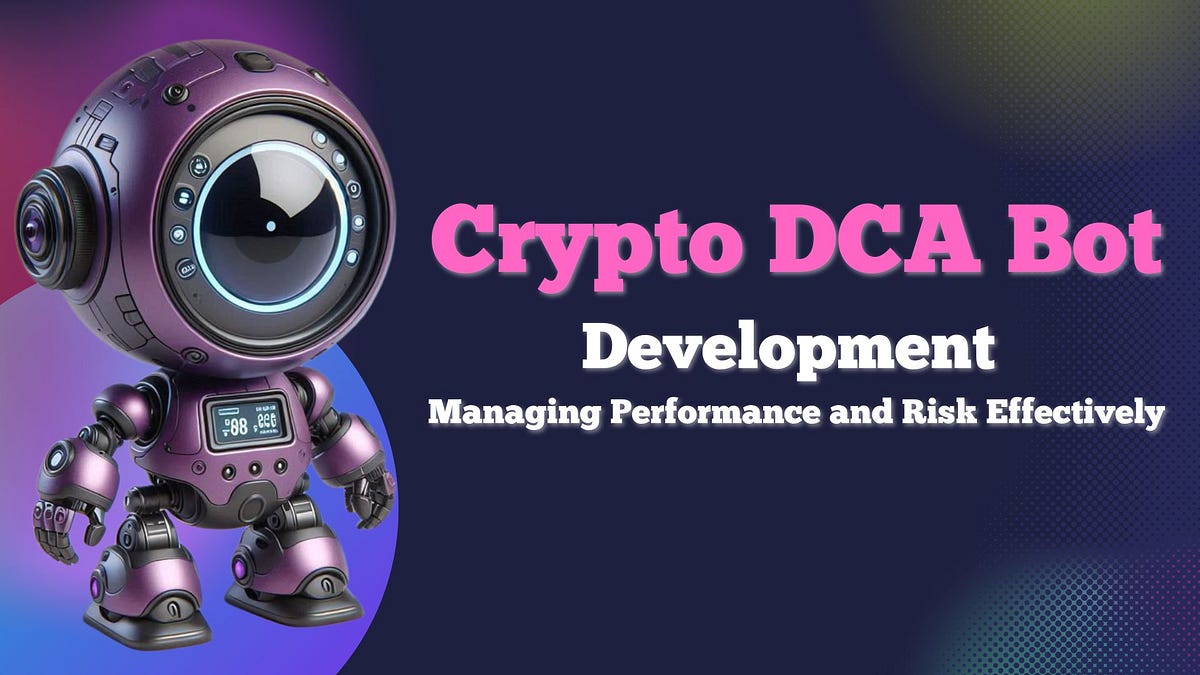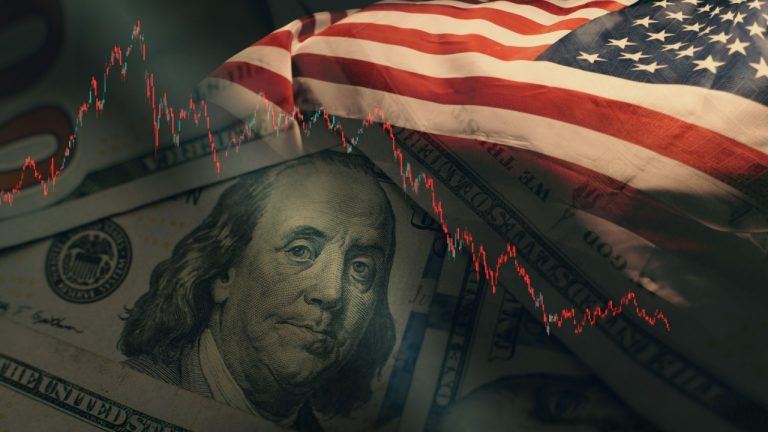Last week, the Federal Reserve decided to keep interest rates unchanged. Although this was not unexpected news, it has created mixed emotions among some experts.
Persistent inflation is cited as a key factor, and this is where the contention arises.
A recent Apollo report shows consumers expect inflation to rise, mainly due to Trump-imposed tariffs.
If this perception persists, the emotional element will kick in, and people will begin acting on the perception.
Mike Zaccardi (a freelance writer for financial advisors and investment firms) says that if business owners and consumers begin acting like inflation is coming, it increases the likelihood of it happening.
Inflation
Inflation is the rate of price increase over a given time. It is typically a broad measure of the overall increase in prices and/or the increase in the cost of living.
For example, at a point in time, $1 might buy six candy bars (in 1973). A 26% increase in inflation would mean the same $1 would only buy 4 ½ candy bars (in 1978).
In 2025, the candy bar costs around $2.
Although it is an oversimplification of inflation, you can see the effect.
The inflation rate is calculated by finding a percentage of change in the Consumer Price Index (CPI).
The formula is: the current CPI- the previous CPI/the previous CPI.
(It sounds confusing)
Based on the formula, inflation in 2025 is 2.8%.
Truflation
Stefan Rust (entrepreneur and founder of various tech companies) developed Truflation in 2021. Rust utilizes a seven-step methodology using modern consumer and spending data, which is collected from over 30 providers.
Truflation provides real-time, unbiased data that empowers decision-makers to make accurate (not educated guesses) determinations about inflation.
Based on the methodology, truflation is 1.39%.
The difference between the two summations is huge; it is 100% more (or less).

 4 days ago
23
4 days ago
23







 English (US) ·
English (US) ·